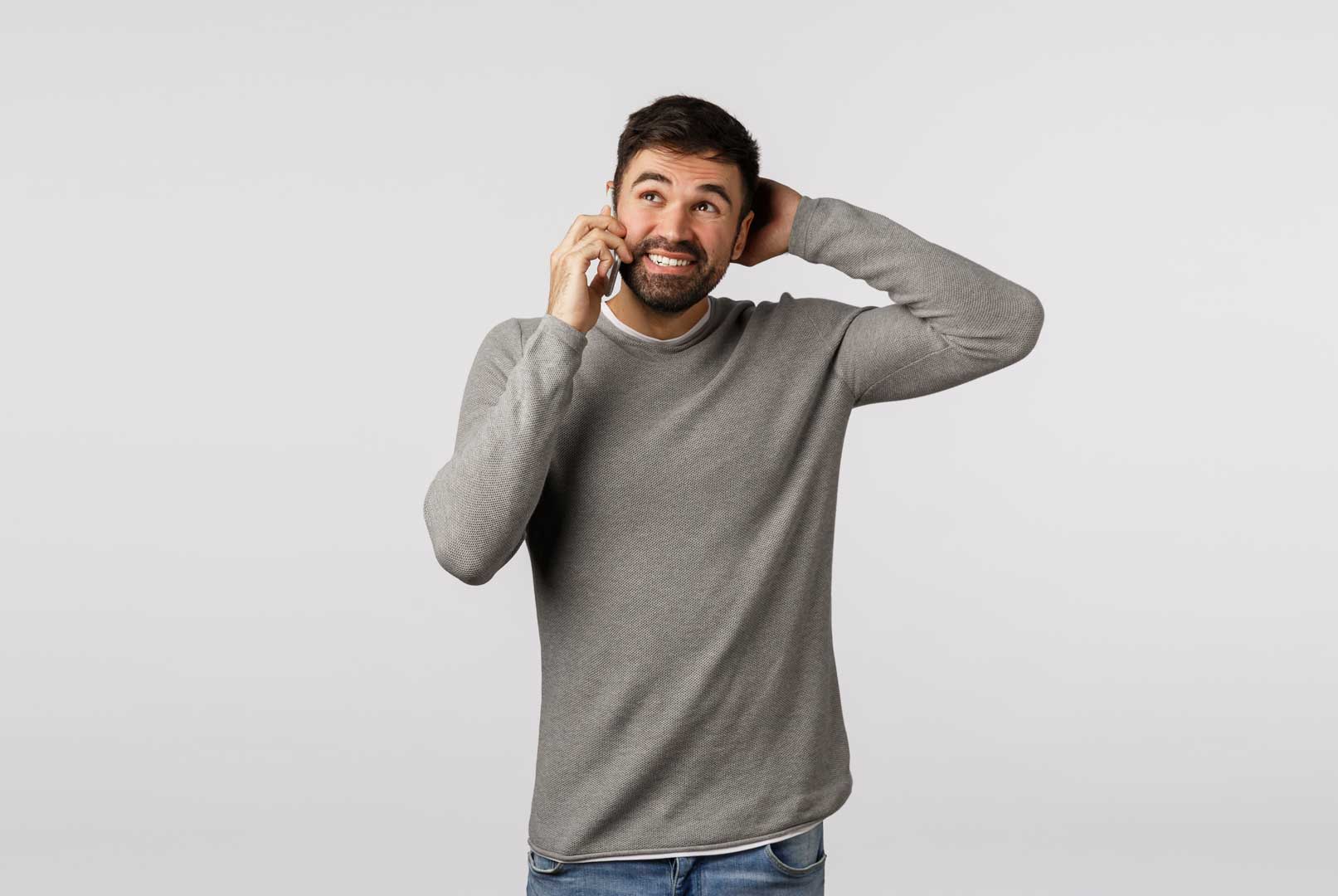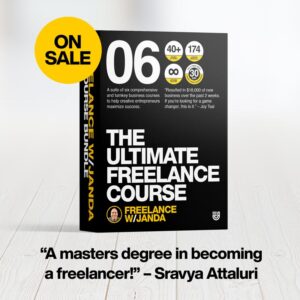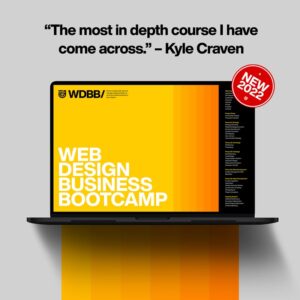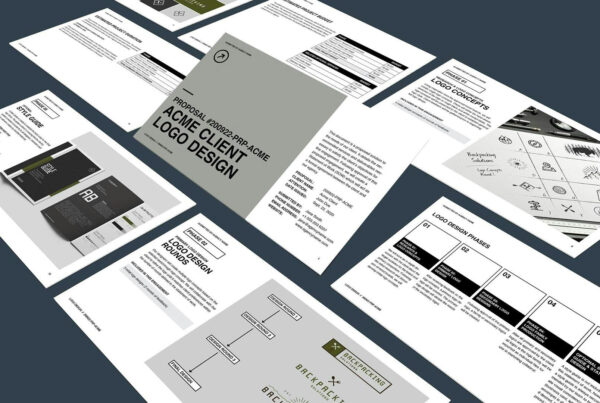What Should You Do if the Potential Client Really Won’t Get On a Call?
I’m always pushing creatives to skip the emails and get on phone calls or in meetings with potential clients. The more face to face interaction you have with a potential client, the better. Gotta build that trust and it happens face to face!

But what do we do if the potential client really won’t get on a call? It happens, for sure, and it recently happened to someone who commented on one of my YouTube videos.
“I did some cold email outreach to various brands and one lady got back to me with this question, ‘What is your day rate?’ I pretty much responded word for word what Michael suggested, and said it would be better to talk it out over a quick call to hash out the details. She responded that since she doesn’t have an immediate need and is very busy, she just wants to know if they can even afford me should the need arise, without committing to a call. Turns out they definitely couldn’t afford me. Just curious how I can respond differently in the future to avoid having to say a number over an email.”
How Should You Respond In This Situation?
The truth is this, 99.99999% of the people who ask for pricing without being willing to speak with you are price shopping. And when someone is price shopping, the low price most often wins. I don’t want you to be the low price leader and I’m sure you don’t want to be that either.
Before we dig into how to respond, let’s consider things from the client’s perspective. True, they are busy. True, they may just want a sense of budget to know if you are even an option for them. True, if you don’t respect their time and try to force them into a call they don’t want to commit to, they will likely resent you and you will have a blemish on your relationship with them. Not a good way to start.
There are two ways you can respond. One of them includes some pricing and the other doesn’t.
Option 1: Responding Without a Price
I hate giving any pricing without having a sense of the business, their needs, size, or the potential exposure of the work. Pricing decisions should take those things into account. At the same time, I want to make sure we stay in the running for a potential engagement assuming the circumstances are a match. Here is how option one might go:
“We always try to work within our client’s reasonable budgets. We want to make the engagement work for both you and us. When you are ready and have specific needs we can talk about, let’s jump on a call and structure something that works for each of us. Can I follow up with you in a few weeks?”
A response like this expresses your willingness to work with them without giving any specific pricing. It may still keep you in the running. However, you may still come across as “difficult” with the client.
Option 2: Responding With a Price Range
The second option would be to reply with a price range. That type of response would go something like this:
“Our prices vary depending on the type of work we are doing. This is why it is valuable for us to get on a quick call to discuss your specific business needs. As for where those prices usually hit, on the high end, a day rate may be $XXX and on the lower end of that we can be around $XX. We would love to speak with you and structure something that works for your business when the need arises. Are you comfortable with a price point in that range?”
Not Every Opportunity Is a “Yes”
It is ok if it doesn’t work out. If a client is price shopping and committed to the idea that the “lowest price will win,” well, those aren’t the types of you want to build your business around. Clients who genuinely care about their business will consider a designer’s work quality, creative ideas, integrity, trustworthiness, and their ability to impact the bottomline of the business when choosing who they want to work with. Price won’t be their primary consideration.






